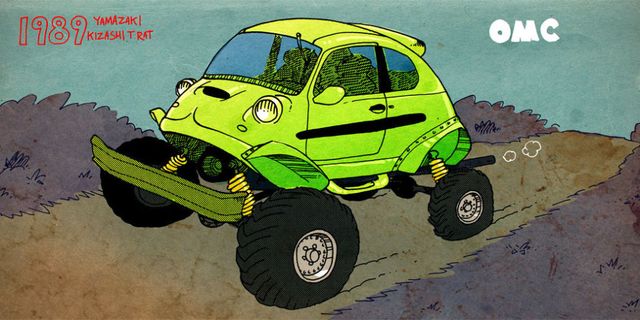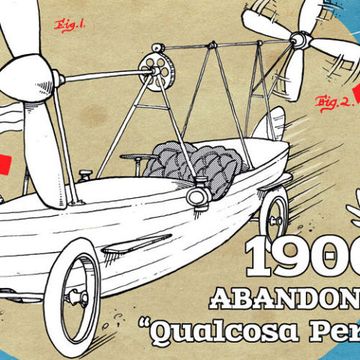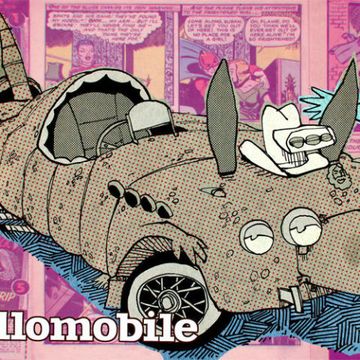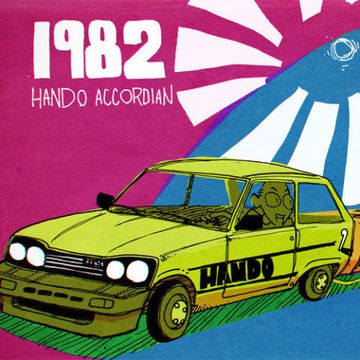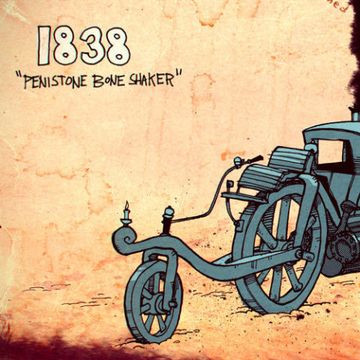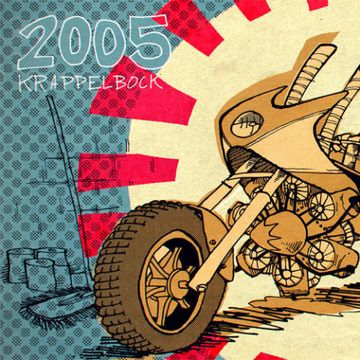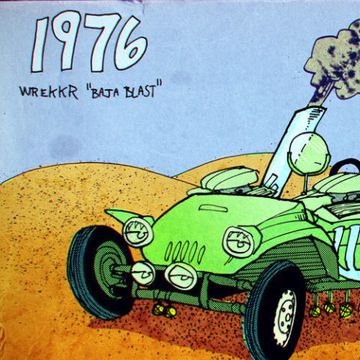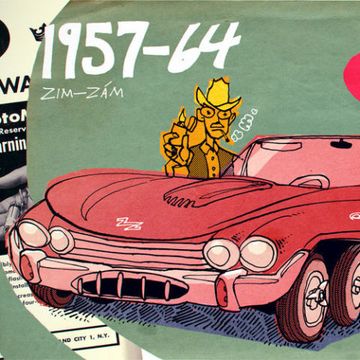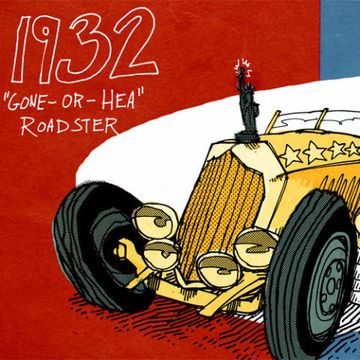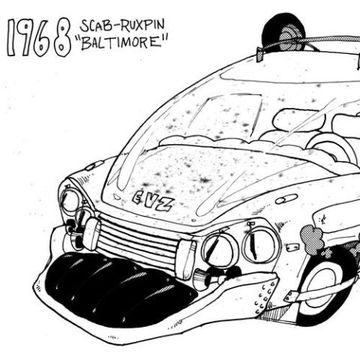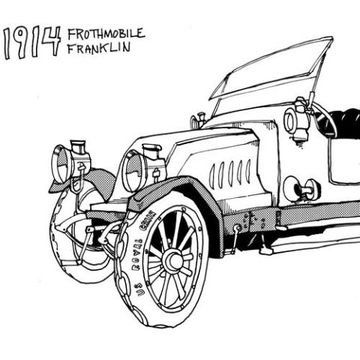Lest you think it's all European cars, Our Modest Car Collection also has treasures from the Orient, too. Take a look at this 1989 Yamazaki Kizashi TRA-T, this modest little SUV from the late Eighties, a car that arguably changed the automotive landscape forever. Did you know? "TRA-T" actually stands for "Tri-Renaissance Alcyone Trail-Roadster!" Parent company Watanabe Heavy Industries began secretly developing the Kizashi as Project K1, which derived its name from the Japanese word karaage, which roughly translates to "driver and car as one unified soul which whispers in the cool midsummer breeze of Ishikari Bay."
The project took over 20 years and 617,025,000,000 yen, or 5.7 billion dollars, adjusted for inflation. A team of 469 engineers scoured the jungles of the Amazon, the deserts of Belize, the steakhouses of São Paulo. They studied the needs of their customers, who mostly used Yamazakis as vehicles from which to mount machine guns and storm rural villages. When they returned to Japan, the engineers—battered and bloody, some of whom had been held hostage and eventually released by Yamazaki-driving rebels—presented their case to upper management. It took management 12 years and three hostile takeovers to be convinced that this new vehicle would adhere to the company's bottom line and generate a profit.
When the engineers were given the go-ahead, they pored over every aspect of the car. For example, the engineers went on a quest to eliminate as much noise as possible, repeating wind tunnel tests in excess of 50 times with microphones buried across the body. Vibration-absorbing resin was inserted between double-sided sheetmetal. Extraneous shapes on the exterior were shaved down. Engineers even tested wind noise across the suspension, the exhaust hangers, and the seat belts, until absolutely no sounds could be heard across the cabin.Three of the 469 engineers tasked with the project eventually suffered nervous breakdowns, and today they remain in mental institutions under a strict regimen of consuming nothing but white noise.
Sadly, the engine and chassis were carryover units from 1979, as by then the budget had dried up.
Over 328 developmental prototypes were built by hand, one painstakingly after the other. Each one took six months to build. So much steel was used for these prototypes that CEO Watanabe "Ken" Watanabe-Yutani was called before the Emperor to answer for the sharp decrease in Japanese self-defense spending. These prototypes were dumped off the shore of Ishikari in June of 1988, where they formed the largest underwater reef city in the world, and whose shimmering slicks of oil can be seen from low-Earth orbit.
When the car was finally introduced, well—as they say, the rest is history.
